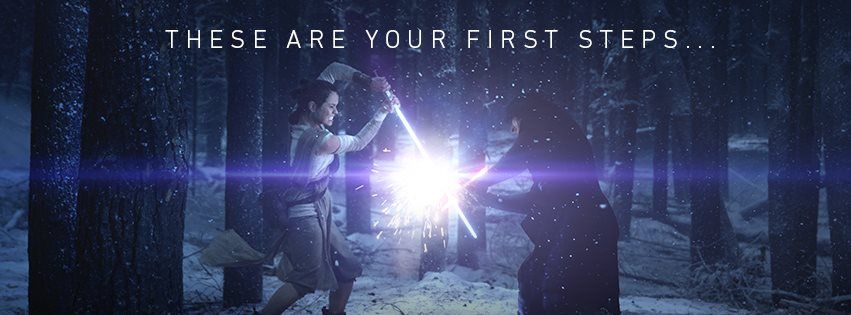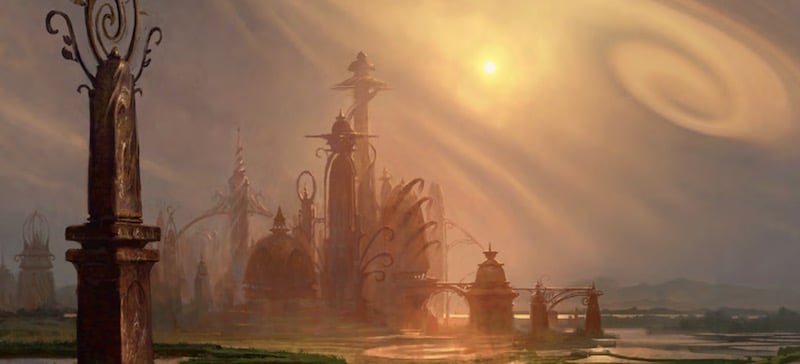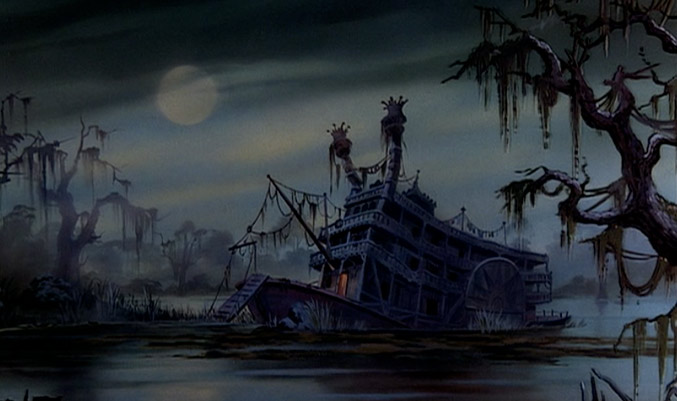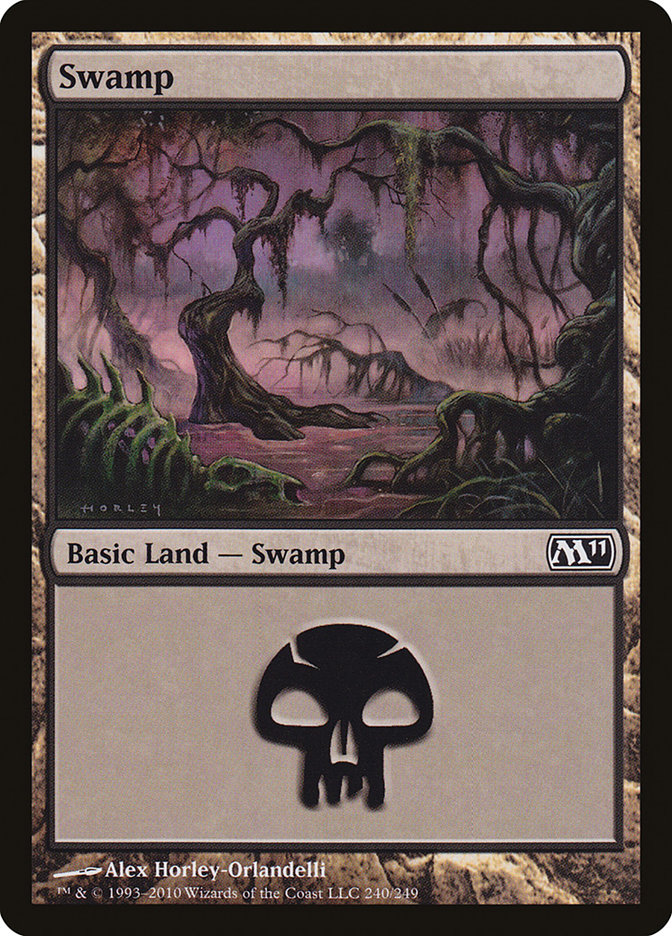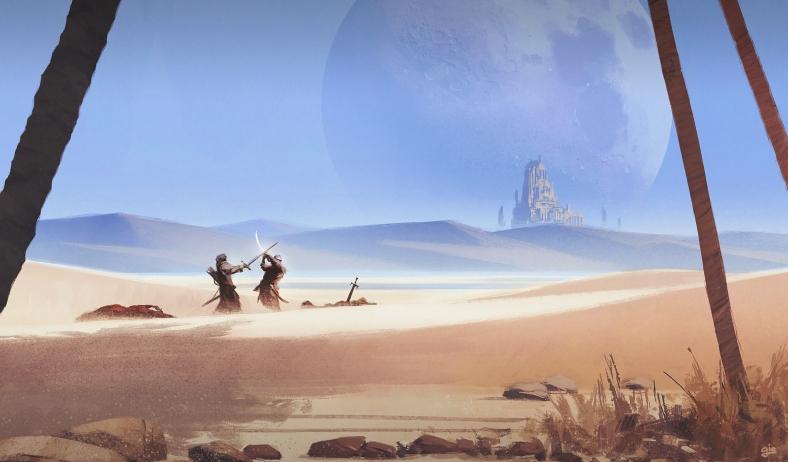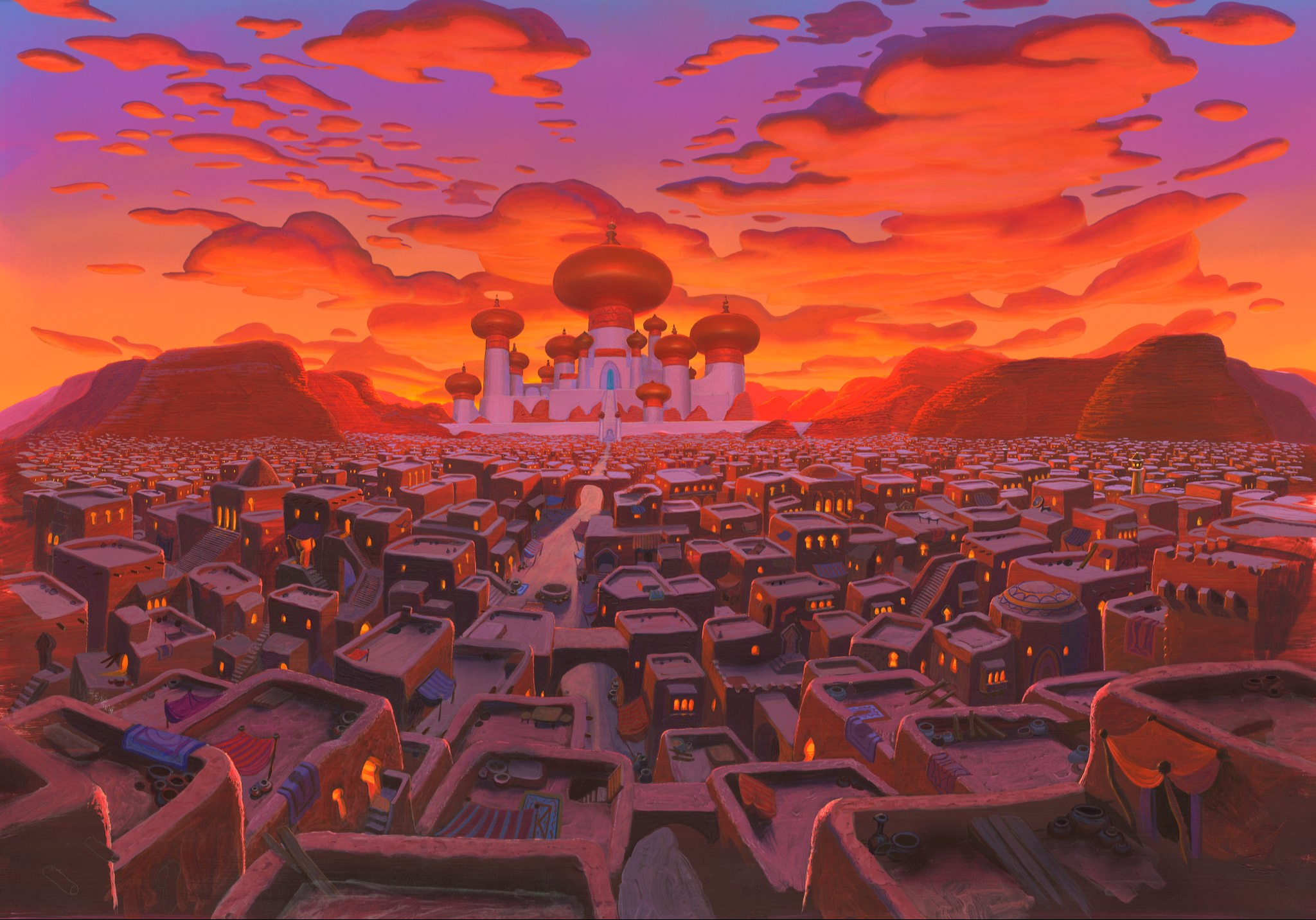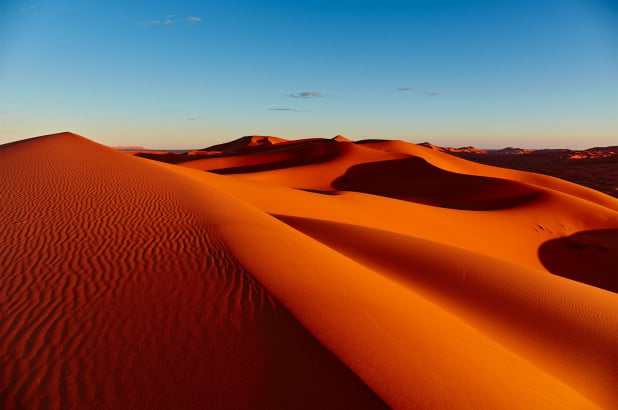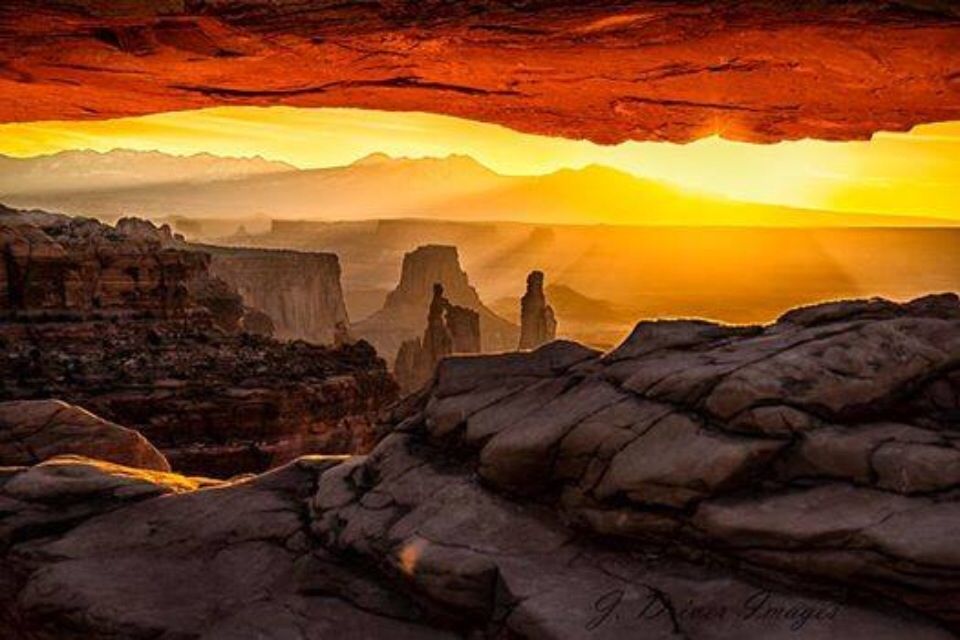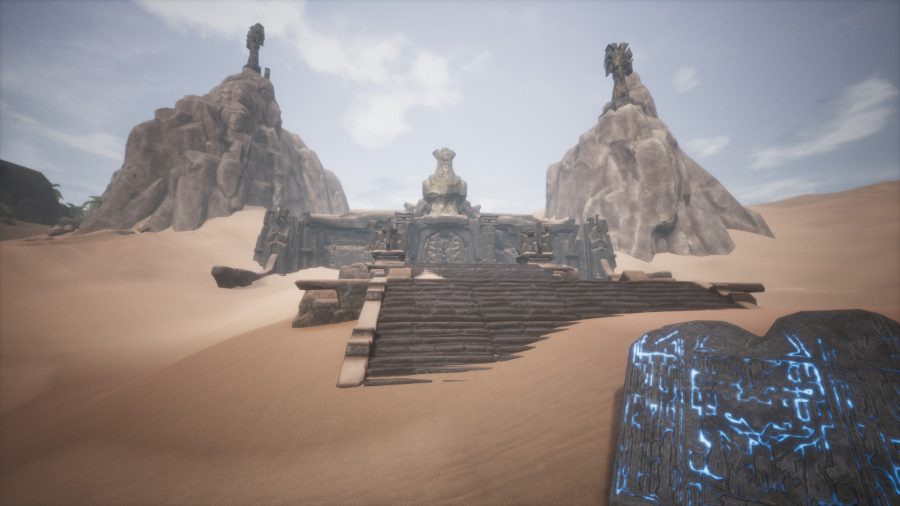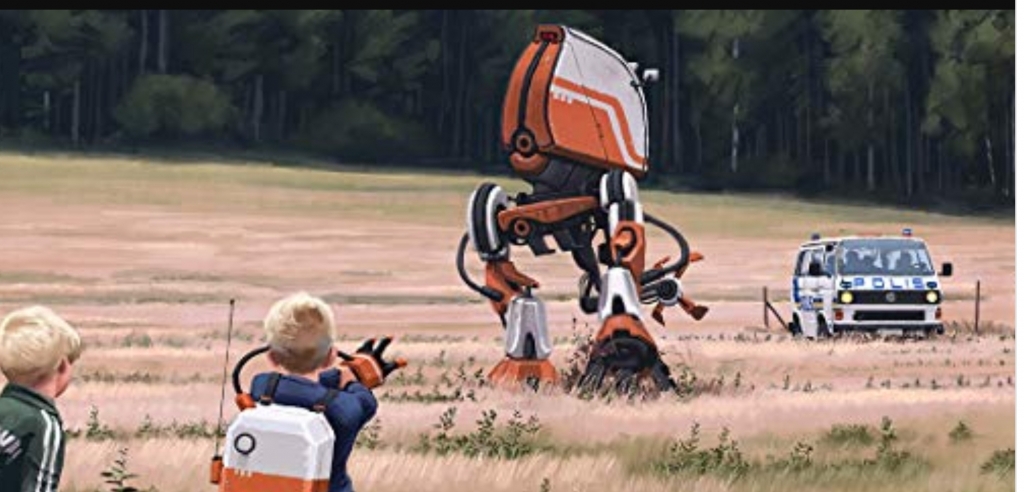RPG: World Building Workshop – Marshes, Swamps & Deserts
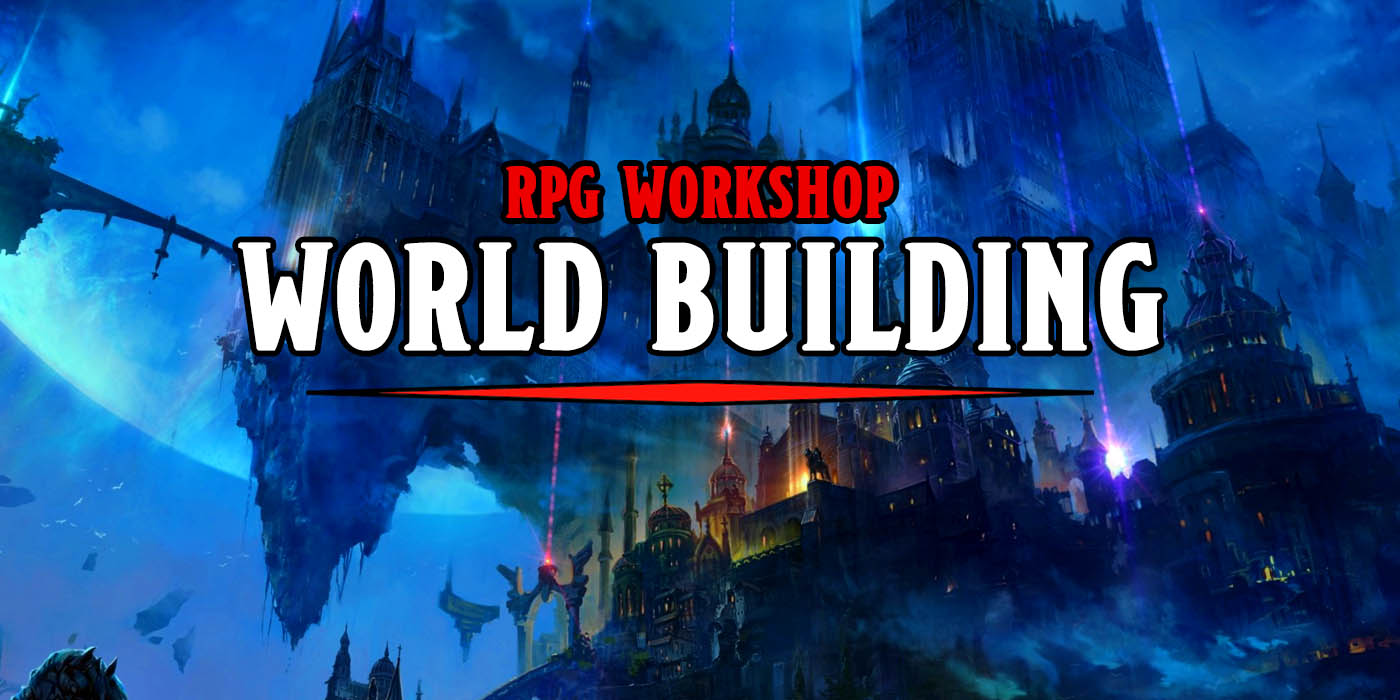

Gamemasters, let’s talk about how you can use several types of exotic terrain in your maps and world building.
There comes a time in almost every DM’s life when they want to move beyond the existing settings and create one of their own. Maybe you have an amazing story to tell, and it needs its own world to be told in. Perhaps you have a super awesome idea for a world and want to run adventures in it. Maybe you just like making up settings. Whatever the impetus, creating your own setting can be fun and rewarding both to you and your playgroup. In this ongoing series, we will look at the steps you can take to create your own setting (a process known as world-building), and we’ll look at some tips and tricks of excellent world-building and some common mistakes people make. Along the way, we will build our own setting and world.
Welcome to World Building Workshop, let’s get started.
The Groundwork
Last time on World Building Workshop, we talked about using forests in your map. We covered ways you could jazz up your basic forest and make them have a mood, and how you can use this in your game and world building. We’ve also talked about how to use some other basic terrain types in your world building, such as mountains and rivers. Today lets take a look at two common terrains types you might want to put into your game, and how they can affect your world building. While these terrains are common, they won’t so up on every map.
Swamps/Marshes
Swamps are a pretty close cousin to forests. They are an important natural feature and can have an impact on the map and game. Swamps need a lot of water, so bear that in mind when placing them on your maps. They will normally either be near a coastal region, or river. Your swamps can be more or less wooded, and can be called Swamps, Marshes, Bogs or whatever. Swamps are a major barrier to travel and control. Armies have a hard time moving through them and they often represent lawless places. These are places where people outside the law might hide out. In fantasy setting you can have a couple different swamp archetypes, such as:
- The Swamp of Adventure: this is similar to the Forest of Adventure, and draws inspiration on real life places such as the Louisiana Bayous. This swamp is filled with adventure at every corner. You’ll have smugglers, pirates, witches, and swamp people galore. Deadly reptiles swim in the water, and (depending on the setting) communities or run away slaves or serfs seeking shelter. You could set a whole game in such a region.
- The Undead Swamp: Swamps and the Undead seem to go hand in hand in fiction. Swamps can be viewed as dark, overgrown, rotting places, filled with dead things. This makes them perfect to fill with undead. Almost every fantasy setting has a swamp filled with undead. The real life origin probably has something to do with old Celtic and Viking bog burials and stories of voodoo zombies out of the Bayous. Of course Magic the Gathering has likely done more than anything else to cement the connection between undead and swamps.
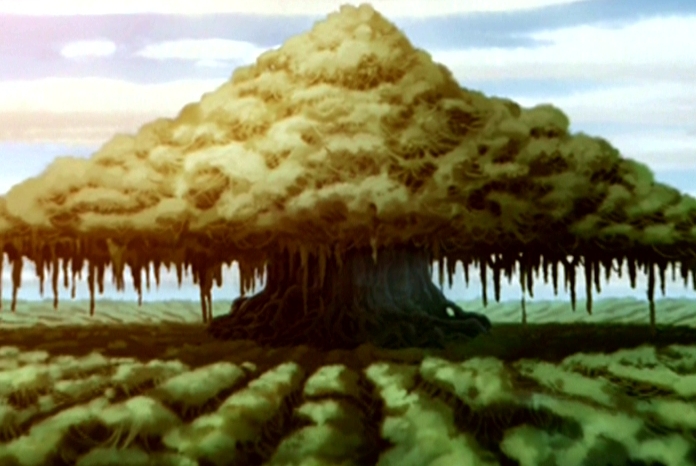
- The Living Swamp: The antitheses to the undead swamp is the living swamp. This is a bright, vibrant swamp that is filled with life and magic. The great Foggy Swamp from Avatar the Last Bender is a good example of this (though it at first appears to be a haunted/Undead Swamp).
Swamps are also a great place to hide things, from treasures to whole hidden, or ruined cities.
Deserts
Not every map or setting will have a desert, but when they do it’s likely to have a major impact on world building. Deserts, like swamps, tend to represent a space outside of the control of a most central governments. They often represent the limits and edges of empires, acting as a no-mans land between nations (though they may be claimed by one or another nation). Like swamps they represent an impediment to travel, but can be crossed. Deserts tend to be large, much larger than swamps, and can contain whole cultures and peoples. Desert civilizations, are often nomadic and thrive on raiding and control of water sources. Check out this page for some great look at common desert features. A few major desert archetypes are:
- The Arabian Nights Desert: this is more a whole setting than a feature, but its the most common type and place of desert you see in fantasy. This desert land, comes with dunes, hills, rocky places, and a oases, as well as a few cities. It’s full of raiders, genies and magic. Think Prince of Persia or Aladdin (in face go watch the old Aladdin Disney show). Pretty much just read Arabian Nights and steal stuff for you game.
- The Great Sand Sea: This can share some similarities to the Arabian Nights desert, but tends to be a harsher dryer place. This is often directly based off the Sahara Desert. It’s an empty land on the edge of civilization. Nothing grows here and it’s populated by only a handful of nomads.
- The American South West Desert: This is, as the name implyes, based on the American West. Geologically it tends to be a rocker desert and will be filled with cacti. You’ll fine tones of canyons, mesas, and buttes here, and civilizations that make their homes there. This is a dry desert, but also one that can be surprising full of life, and setting dependnt, rich in natural resources, such as gold. While other deserts are often places to survive, this can be more of a place to explore. A good fantasy example of this type of desert is the Aiel Waste from the Wheel of Time.
- The Desolation: Unlike the other places this desert isn’t necessarily natural. Something happened to ruin this land and turn it into a desert. A spell gone wrong? The literal wrath of the gods? A great war between mage lords? Climate Change? Whatever the cuase this once lush and populated land has turned into a unforgiving desert wast land, filled with the remains of its peoples and the bones of one magnificent cities. Examples here would be the city of Xerxes from Full Metal Alchemist or much of the setting for Conan Exiles.
So there you have some ideas on how to use a couple common terrain types. Tune in next time when we look at some magical and mythic terrain you can use.

